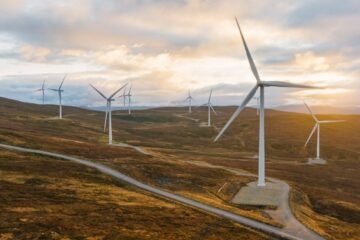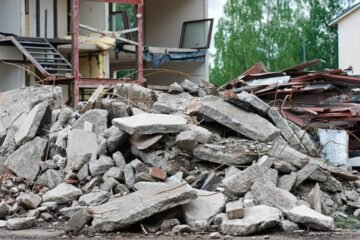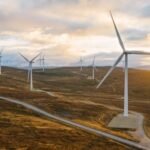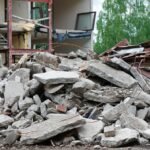An ambitious £450 million upgrade to the electricity network in the north of Scotland is set to power more than just homes—it’s lighting up the job market too, with over 300 new roles expected to be created in the coming years.
Scottish and Southern Electricity Networks (SSEN) Distribution announced the massive investment, describing it as a crucial step in making the region’s power grid fit for a low-carbon future.
Powering the Highlands, Islands, and Everything In Between
The north of Scotland is home to some of the most beautiful—and challenging—terrain in the UK. From rugged coastal villages to the remote Highlands, keeping the lights on in these areas isn’t easy.
SSEN’s upgrade programme covers all of it. We’re talking about a huge stretch of land, from Dundee and Aberdeen to Argyll and every Scottish island in between. The company is splitting the work across nine sub-regions, with a group of five firms taking the reins on different areas.
Each company—OCU Utility Services, Clancy, Freedom Group, MacAulay Askernish, and Brush Group—will handle a slice of the map. And they’ll be doing more than just stringing up wires.

Poles, Panels, and Futureproofing for What’s Next
This isn’t just your standard maintenance job.
SSEN is replacing wooden poles, renewing overhead lines, and updating substations to handle modern energy demands. That means prepping the system for things like solar panels, EV chargers, and heat pumps—technologies that’ll soon be as normal as kettles and toasters.
This upgrade is about resilience too. The north sees harsher weather than most of the UK, and the current setup is, well, tired.
Here’s a quick look at what’s on the menu:
-
Wooden poles and overhead lines renewed across remote terrain
-
Upgraded substations to support energy storage and grid balance
-
Support for electric vehicle charging infrastructure
-
Compatibility with residential and commercial solar
-
Preparation for heat pump adoption and decarbonised heating
Jobs Galore, and They’re Not All on the Grid
SSEN says more than 300 jobs will be created through this programme by the time we’re nearing 2030.
But it’s not just electricians and engineers.
Fraser Hood, SSEN’s director of large capital delivery, said the work will touch everything from construction to logistics, and even supply chains in local communities. So, if you think it’s just hard hats and pylons—think again.
“We’re proud to have signed agreements which will deliver massive improvements,” Hood said. “This is about building an electricity system that can keep up with where we’re headed—not just where we are.”
Political Backing and a Nudge Toward Net Zero
The Scottish Government isn’t sitting this one out.
Acting Cabinet Secretary for Net Zero and Energy, Gillian Martin MSP, was quick to praise the investment, calling it “substantial” and “essential” for Scotland’s green ambitions.
Decarbonisation goals? Check. Local workforce support? Check. Strengthened regional economies? Also check.
Martin stressed how important it is to get ahead of demand. “This investment ensures our electricity system can meet usage needs now and in the future,” she said.
Let’s not forget—Scotland has some of the most ambitious net zero targets in the world, aiming to be carbon neutral by 2045. Infrastructure like this is a key part of hitting that goal.
Regional Reach: Where the Work’s Happening
The nine sub-regions span urban centres, islands, and some very remote spots. Here’s a breakdown of where the investment lands:
| Sub-Region | Main Contractor | Key Areas Covered |
|---|---|---|
| North East | OCU Utility Services | Aberdeen, Moray |
| Central Highlands | Clancy Ltd | Inverness, Aviemore |
| Western Isles | MacAulay Askernish | Outer Hebrides |
| Argyll & Bute | Freedom Group | Oban, Campbeltown |
| Northern Isles | Brush Group | Orkney, Shetland |
| Tayside | Freedom Group | Dundee, Perth |
| Inner Highlands | Clancy Ltd | Fort William |
| North Coast | Brush Group | Caithness, Sutherland |
| Southern Uplands | OCU Utility Services | Borders, Dumfries |
That’s a whole lot of ground to cover—and a huge win for local economies that often struggle to attract major investment.
It’s Not Just About Energy. It’s About People.
Energy stories often focus on infrastructure, targets, and technology. But underneath all that are real people.
Families in the far north who lose power during winter storms? They’ll benefit. Small businesses waiting on EV fleet expansion? They’re watching this closely. Young folks looking for a career without leaving their village? This could be their shot.
As energy providers shift gears toward greener futures, it’s becoming clear: the people living in the remotest parts of the country can’t be left behind.
And, for once, they’re not being.


















